To continue our initiative started during the COVID-19 crisis, we created a virtual educational performance series entitled Project Access. The first installment features a virtual tour of New York City that highlights various styles of dance and provides educational and historical context for each style, showing how cultures converge to create a dynamic and diverse city. The full-length video is provided below, along with a safe link to the same video.
The second installment celebrates Hispanic heritage through a dance journey of tango, salsa, and a new work created by Mexican choreographer, David Fernandez, and featuring mythical Mexican folk art creatures known as Alebrijes.
The third installment celebrates Black History Month.
The supplemental materials below were created to help foster a dialogue with students about the cultural and historical origins of dance styles and their popularity to this day. In addition, we’ve created a "how to" video that demonstrates easy-to-learn techniques (at the bottom of this page) to get your students moving.
We hope you find these materials useful in your classroom or out-of-school time activities.
Get started:
Use Video and Tools NowEngage Virtually With Us!Have Us Visit Your School!
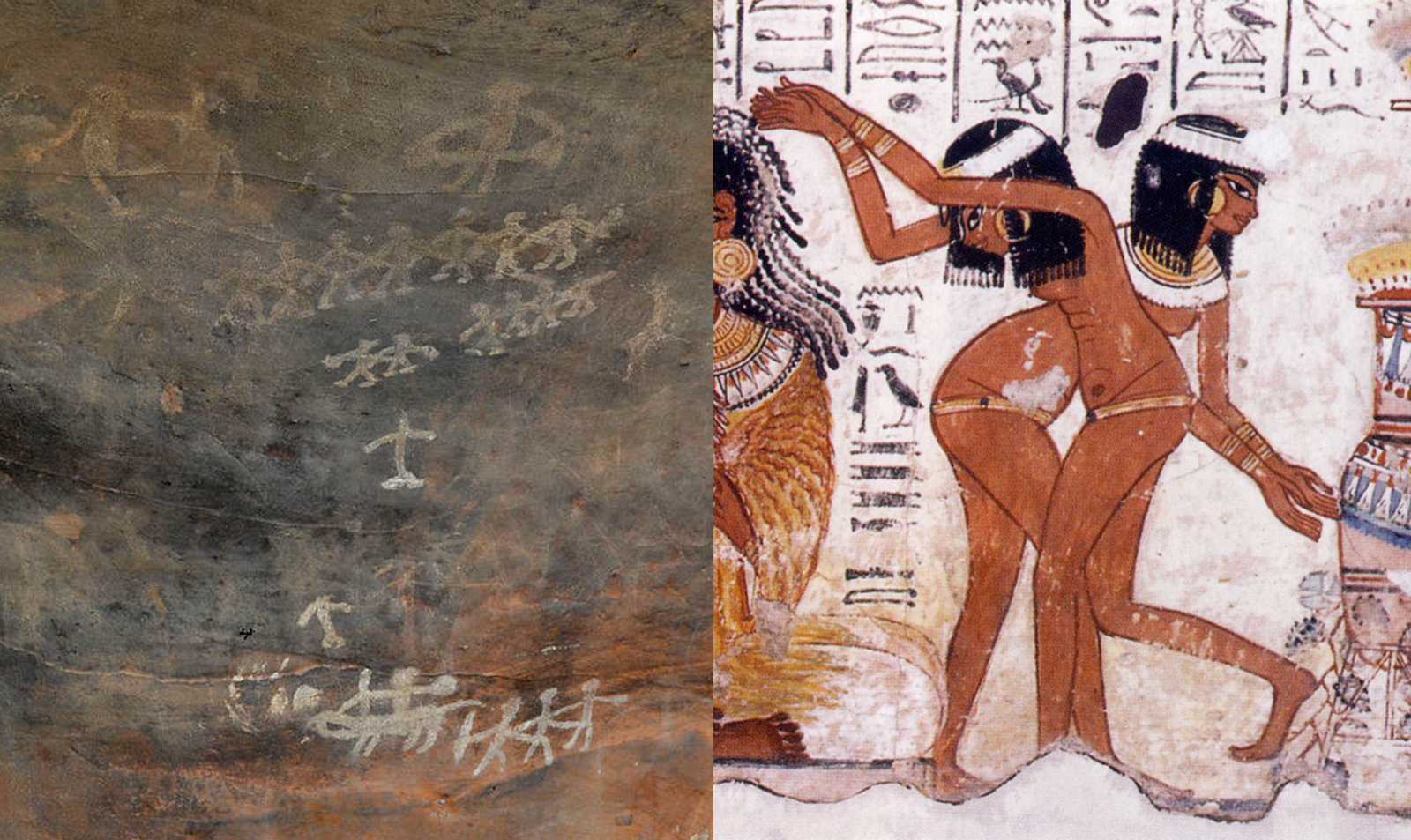
People most likely have always danced, but there's proof of it that is thousands of years old! These cave drawings from India are from 9,000 years ago. The Egyptian dancers depicted here are from the 14th Century BC.
Today, just like throughout history, people from many different cultures and backgrounds come together and express themselves.
As with food and music, every dance style has its own history and comes from a specific part of the world.
Here are just a few of the hundreds of dance styles that exist. Maybe you have heard of some of them — or even practice one or two of them yourself!
Ballet was first developed by European aristocrats, most notably Louis XIV of France, who was also known as the Sun King. Ballet steps are taught throughout the world in French. Other famous figures in ballet include Marius Petipa, who choreographed classics such as Swan Lake, Sleeping Beauty and The Nutcracker; George Balanchine, who founded the New York City Ballet and developed a distinctive, American style; and Misty Copeland, who is a leading ballerina of today and the first black, female dancer with the American Ballet Theater in New York City.
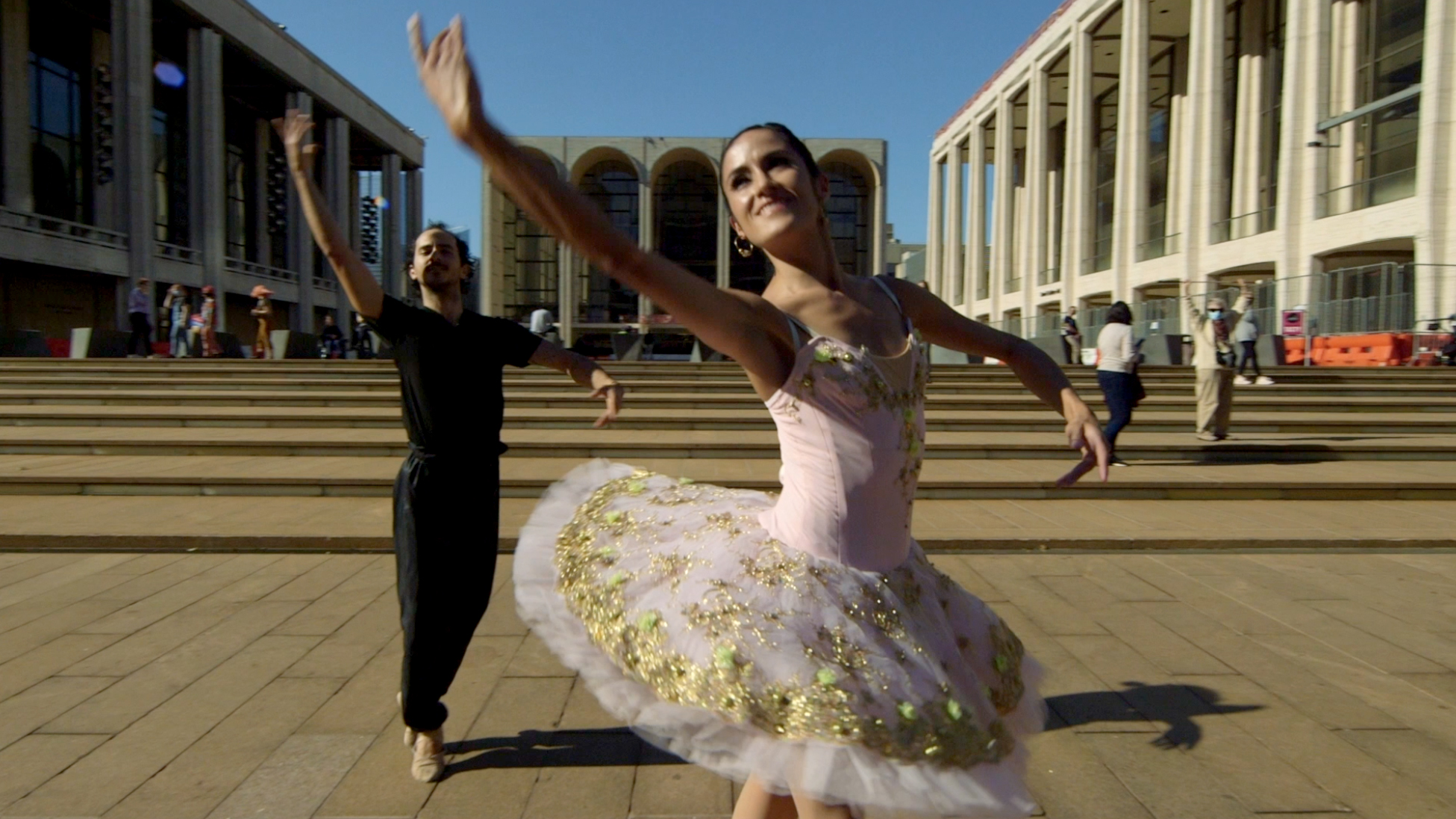
Dannys Gonzalez and Elisa Toro Franky of Accent Dance NYC perform in front of Lincoln Center in New York City.
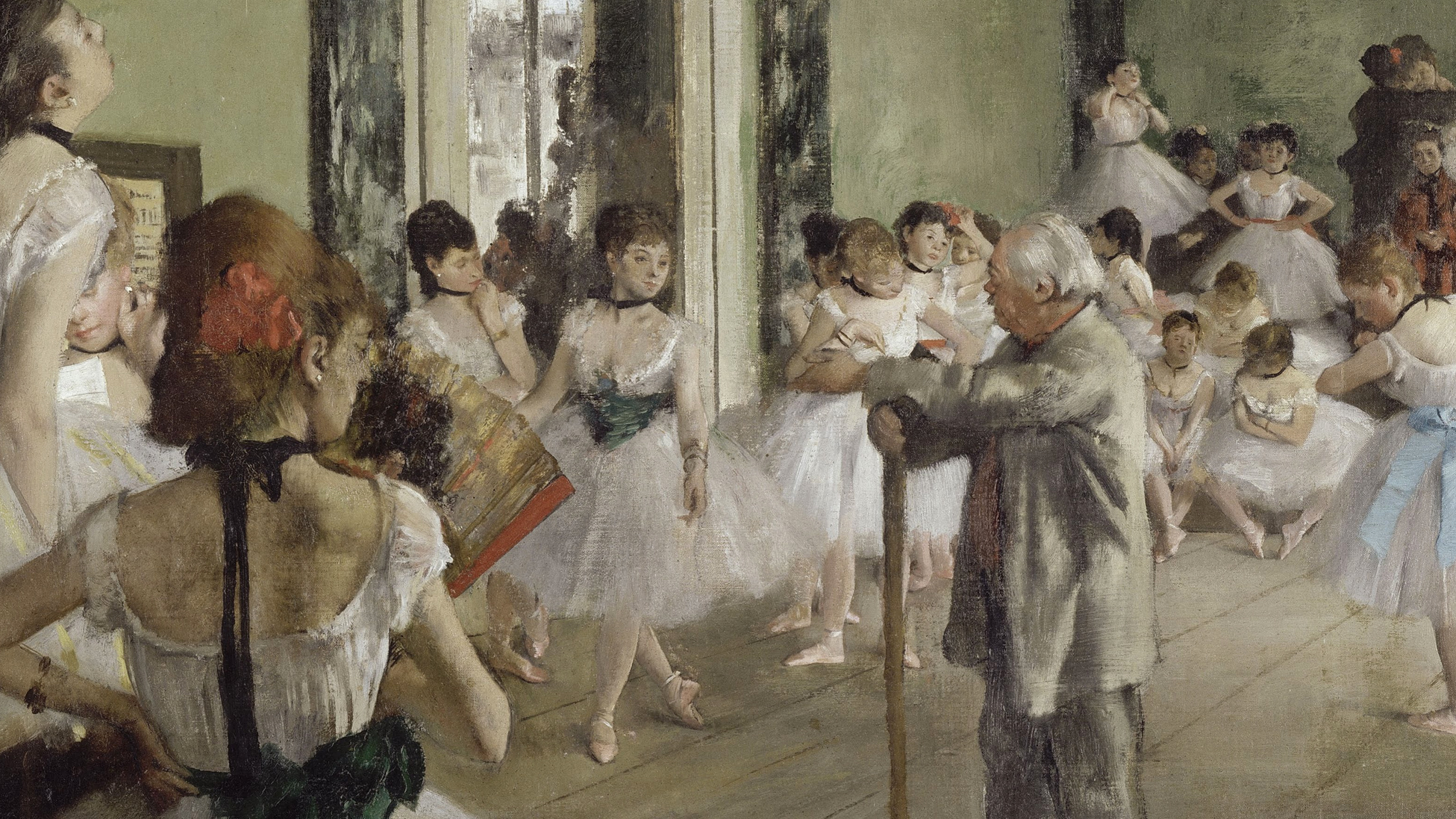
The Dance Class by Degas, 1874 (detail)
Ballet is meant to be performed, and often is set to orchestral music.The movements are precise, graceful and formal. Women often wear pointe shoes, which allows them to appear lighter and more lifted. Men often partner women, lifting them off the ground and turning them. Some male dancers, such as those at Les Ballets Trockadero de Monte Carlo, also wear pointe shoes and partner each other. In the past fifty years, some choreographers have blended ballet with other styles such as jazz, modern and tango.
Ballet was first danced in Italy during the Renaissance and later in the royal courts of France, Russia, Denmark and England. Today, ballet is performed in opera houses and theaters all over the world. Although ballet is probably still most popular in Europe, it has been especially embraced by Cuba, Argentina, China and the United States.
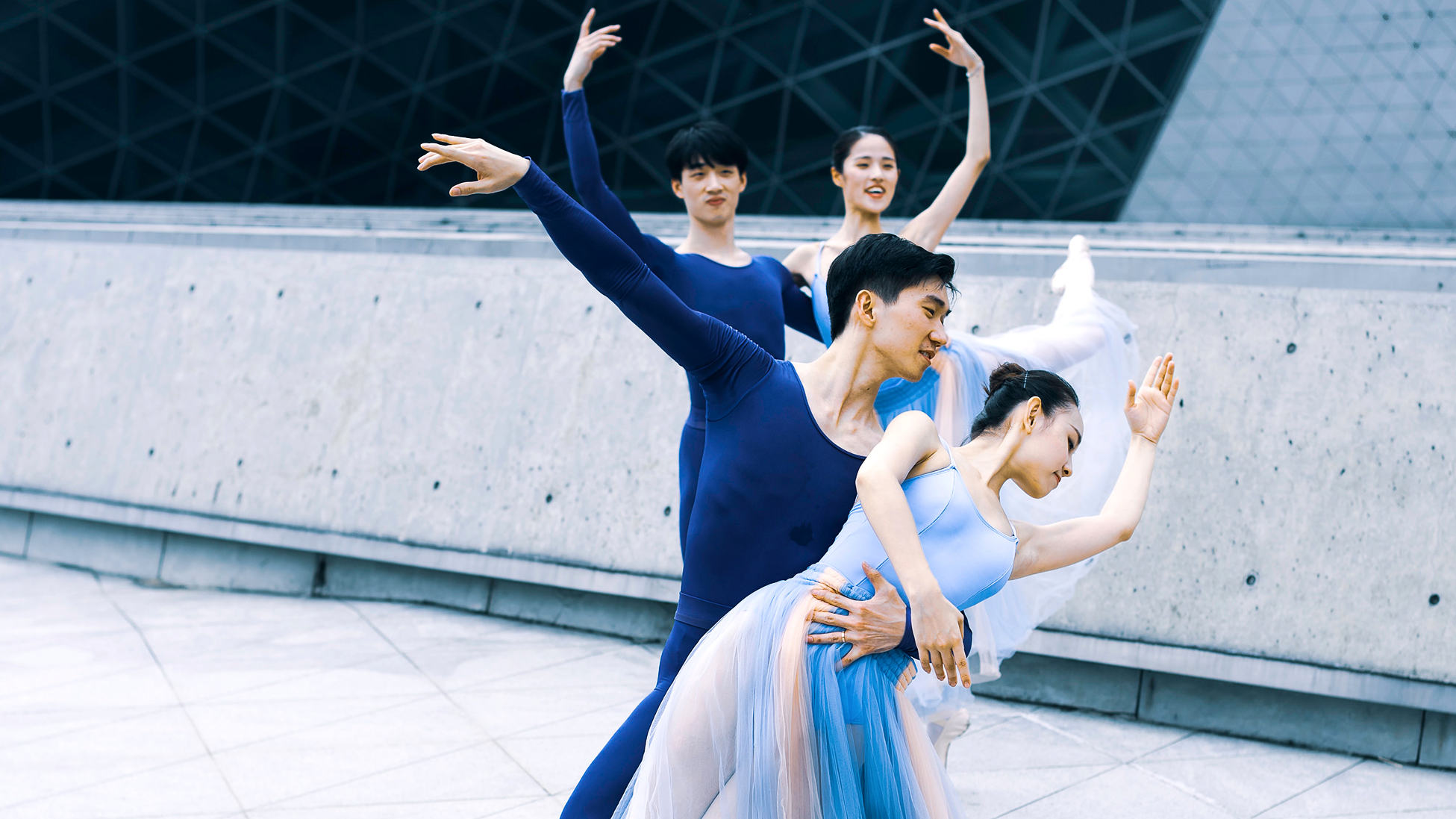
Ballet has become a truly global art form, with many contemporary companies combining it with other dance styles.
Tango was first danced by immigrants and former slaves who lived in the outskirts of Buenos Aires and on the border of Argentina and Uruguay. It was eventually embraced by high society and the elite when it was discovered by wealthy Europeans and movie-makers in Hollywood. Today, tango is danced by everyday people in nightclubs and dance halls and also performed by professional tango dancers. Famous tango figures include Astor Piazzolla, who wrote many beloved pieces of tango music, Juan Carlos Copes, who helped make tango popular in the 1970’s, and Geraldin Rojas, a contemporary tango star.

By the mid-1920's tango was popular in Paris and gaining momentum world-wide. René Magritte illustrated this sheet music cover before becoming a famous surrealist painter! Image on right: Man in a Bowler Hat, 1964 (detail)
Accent Dance NYC performs Tanguera: an integration of traditional and progressive elements in tango. Choreography by Dardo Galletto.
Tango is traditionally a social dance that is based on the stylized embrace of two dancers. It is sensual and romantic and is believed to have been influenced by African dance forms and European partner dances such as the waltz and the polka. Tango is almost always improvised, rather than choreographed. It is as much a style of music as it is dance, with the count being either 16 or 32 beats and often including the sound of a bandoneon, a cousin of the accordion. Today, it is usually practiced at milongas or social gatherings where Argentine tango is danced.
Although tango is now danced all over the world, Argentina still is the epicenter of traditional tango culture. A form of tango was adopted by standard ballroom dancers in Europe and North America and is now performed at international competitions.
Tango continues to influence art and culture worldwide. Here Astor Piazzolla performs a jazz-influenced version of his "Libertango" in 1977. Grace Jones would later release a wildly different version with lyrics added.
In the late 19th and early 20th centuries, American and German dancers and choreographers such as Isadora Duncan, Ted Shawn, Ruth St. Denis and Martha Graham rejected the rules of traditional ballet and developed new styles of dance. They were no longer interested in dance that portrayed European images of gods and monarchs and wanted to use dance to represent everyday people. Later in the 20th century, their ideas were embraced by such choreographers as Jose Limon, who came to New York from Mexico and founded the famous Limon Dance Company, and Alvin Ailey, who founded the Alvin Ailey American Dance Theater in New York City.
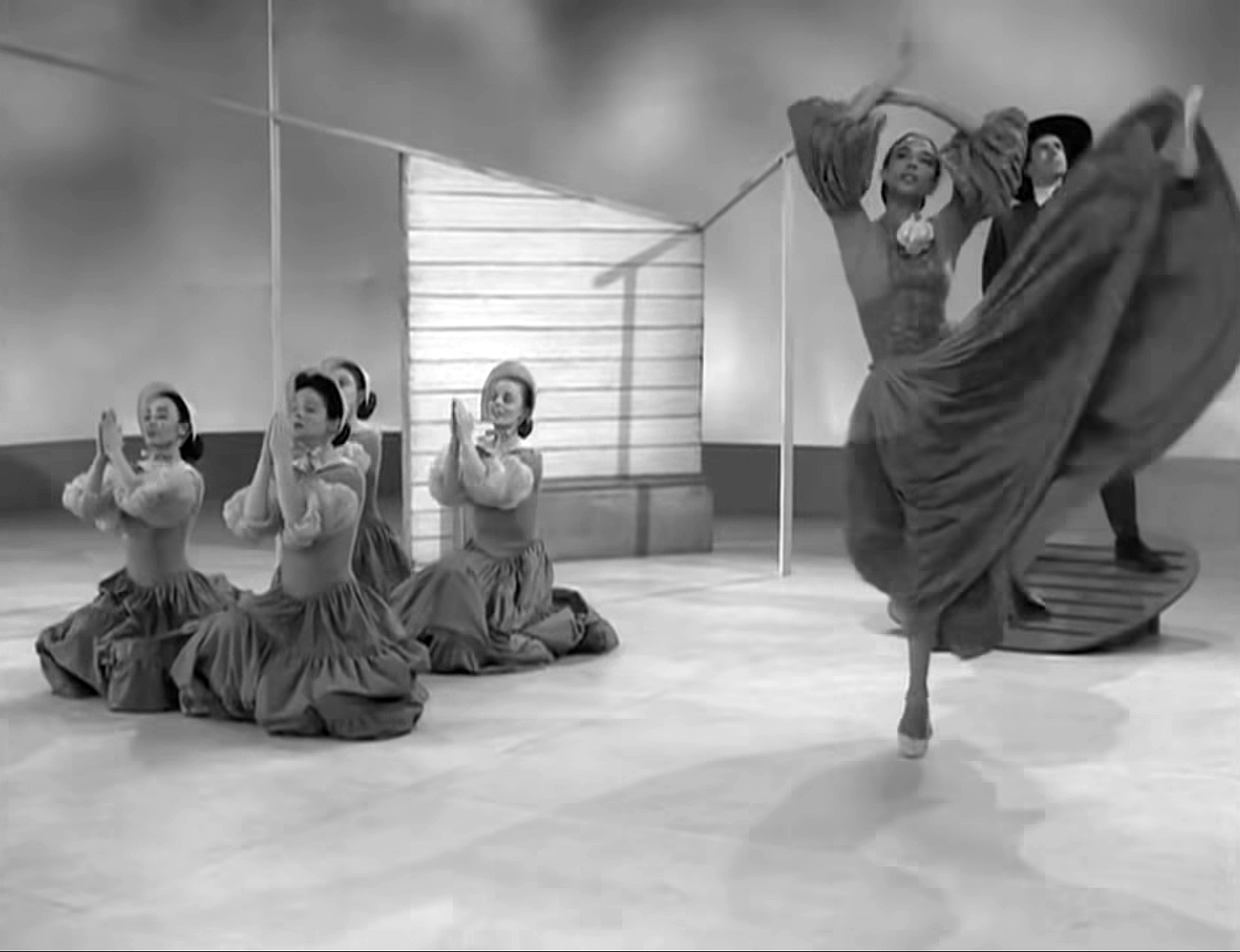
Martha Graham's 1944 Appalachian Spring (TV performance from 1959), music by Aaron Copland. This performance also features sets by sculptor Isamu Noguchi.

Like ballet, modern dance is intended to be performed, rather than danced in a social setting. Modern choreographers rejected core principles of ballet, such as the rigid, upright spine and lifted, graceful energy. Instead, they created movement that is free and athletic and puts dancers in close relationship with the ground. Modern dance often responded to political and social events and attempted to represent the values of ordinary people, rather than kings and queens.
Modern dance was originally developed in the United States and Germany and is now practiced and performed throughout the world. New York City has always been an important center for modern dance, and even today, many of the world’s most important modern dance companies and schools are based in New York.
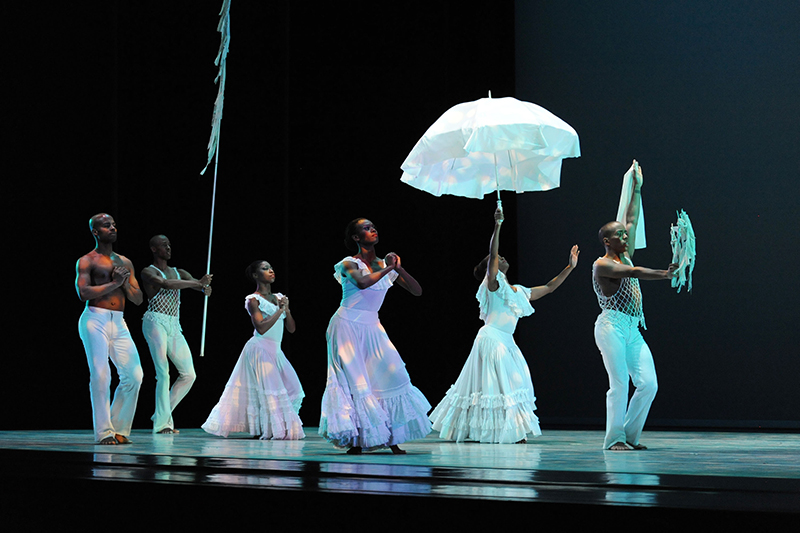
Revelations performed in 2011 by Alvin Ailey American Dance Theatre.
Contemporary dance has developed over the past fifty years by international choreographers who combine aspects of many different concert dance forms, such as ballet, modern and jazz. Famous contemporary choreographers include Jiri Kylian, Trisha Brown, William Forsythe, Nacho Duato and Ohad Naharin.
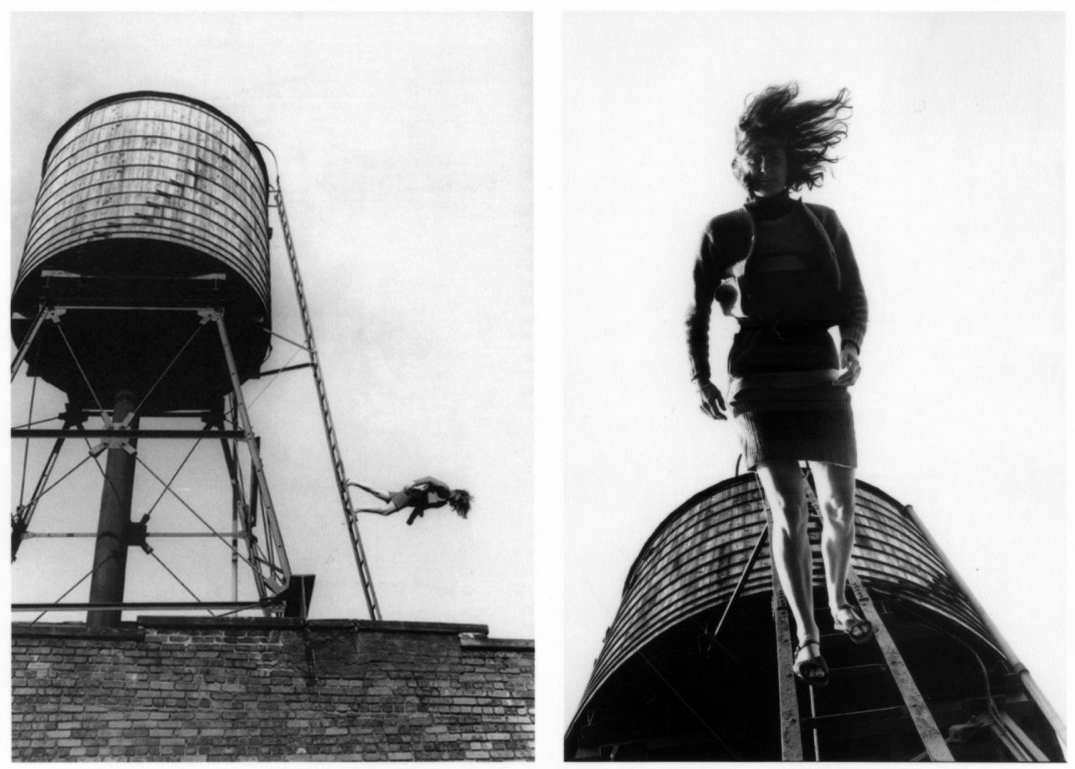
Trisha Brown appears to defy gravity (with help from cables) while performing Woman Walking Down a Ladder on a roof in New York City. Photo by Babette Mangolte.
Accent Dance NYC's Mara Driscoll performs contemporary dance in New York City's Central Park.
Like ballet and modern, contemporary dance is a performance-based dance form. Contemporary dance usually combines the elegant, technical legwork of ballet with the freedom and athleticism of the modern dance upper body, while also incorporating elements of other dance forms, such as hip hop, break dance, African, jazz and folk dance. Some styles of contemporary dance have been embraced by the commercial world and are seen in music videos and on popular TV shows such as So You Think You Can Dance.
Contemporary dance was primarily developed in Europe and North America, however there are important contemporary dance companies and choreographers all over the world. Israel, Germany,The United States and Canada are very important centers for contemporary dance.
A performance from the TV show World of Dance. Jennifer Lopez, one of the judges, started her career as a dancer on the show In Living Color.
Hip hop was born in primarily Black and Latinx communities in the Bronx, Brooklyn and Los Angeles during the 1970s. Many people think that early hip hop movements imitated the “Good Foot” dance that James Brown performed in 1972. Michael Jackson was another early inspiration for hip hop movement. Many early hip hop stars belonged to dance crews such as Rock Steady Crew and Chain Reaction. Hip hop dance and music are closely intertwined, and many hip hop music artists also are dancers.
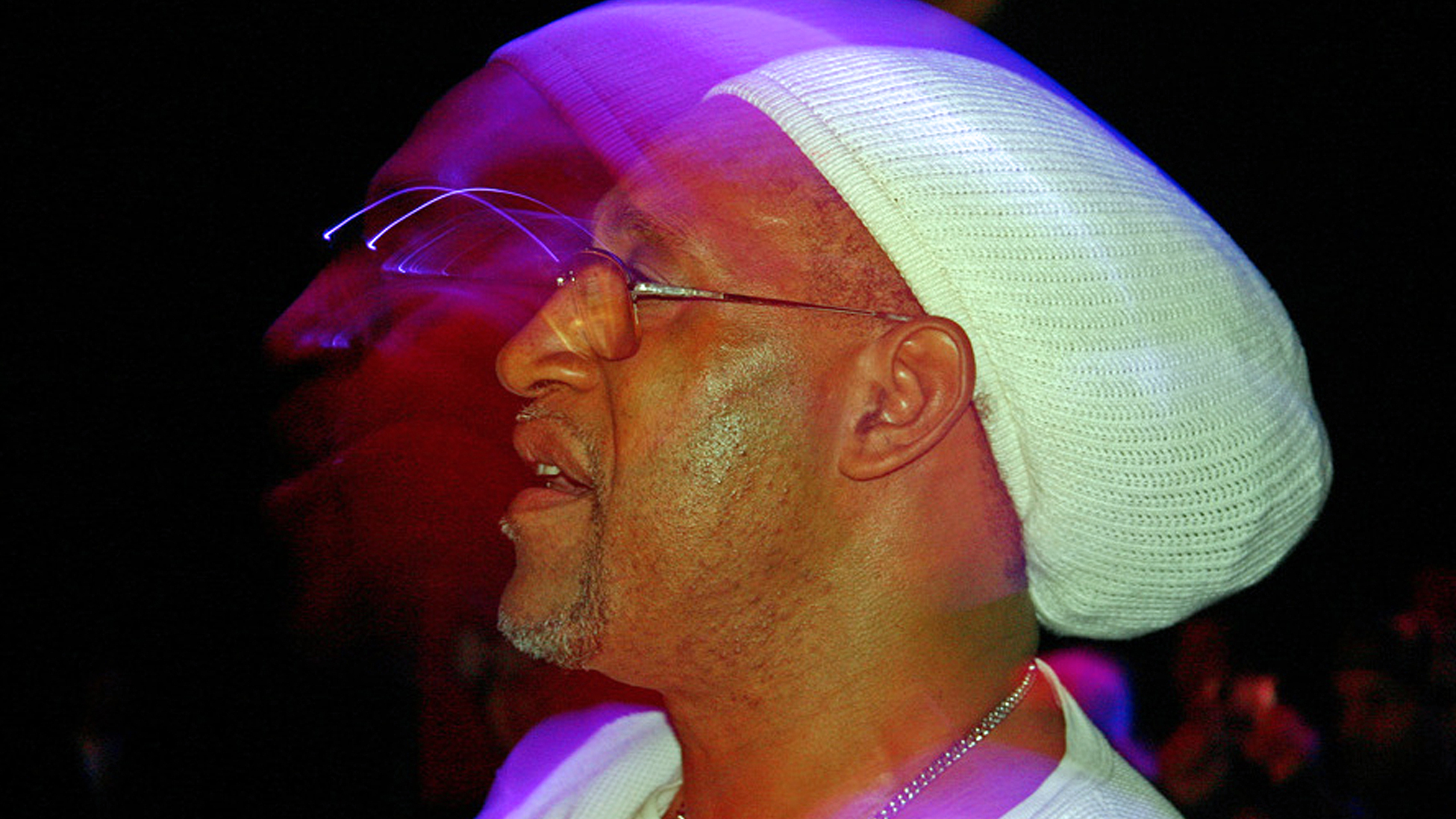
In the 70s, DJ Kool Herc extended dance music's "break" segment by using two copies of the same song on two turntables. Dance competitors called themselves "b-boys" (B is for "break").
Accent Dance NYC's Steven Vilsaint performs at Summer Streets NYC, combining traditional break dance movement with slow-motion expressive gestures.
There are many different forms of hip hop, including breaking, which was the first hip hop style, locking, popping, jerkin’,and krumping. Hip hop is performed as well as danced in social settings. Hip hop dancers also compete against one another in performances called battles. The movement is isolated, segmented, rhythmic and athletic. It often includes fast footwork and acrobatic floor movement.
Hip hop was first danced on American city streets and at parties and was closely connected to hip hop music. The first hip hop developed in the Bronx in New York City, but it quickly spread to other American cities and is now popular all over the world. Hip hop is still danced in social and outdoor settings, but it is also featured in many music videos and on popular dance T.V. shows such as America’s Best Dance Crew and So You Think You Can Dance.

Hip hop has dominated global popular and street culture in the past few decades. Hip hop dance is seen throughout the world, including Latin America, Africa, and Asia. Popular music forms, such as K-Pop, often incorporate hip hop dance in performances and videos.
Salsa music and dance originated among Caribbean immigrants in New York neighborhoods such as El Barrio (Spanish Harlem) and the Bronx in the 1960s. Popular ballroom styles from Cuba, the Dominican Republic, and Puerto Rico came together to create a mix or sauce, called “salsa” in Spanish, of many Latin American rhythms and movements. Héctor Lavoe, Celia Cruz, and Tito Puente are well-known salsa musicians. Although some salsa dancers compete in ballroom dance competitions, most salsa is danced recreationally among families and communities.
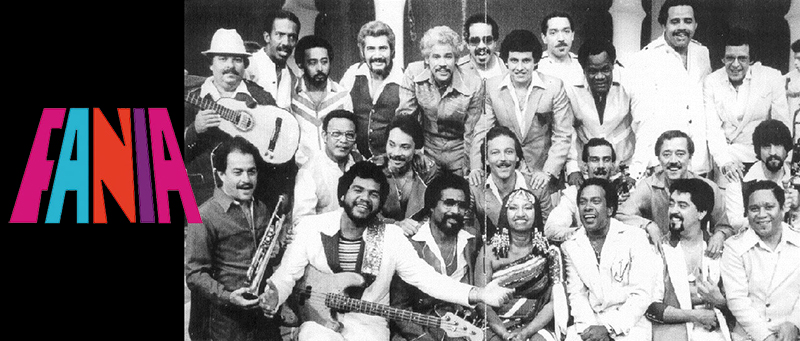
The Fania All Stars were a 1960's salsa "supergroup" whose original membership read like a Who's Who of the genre, including Celia Cruz, Ray Barretto and Héctor Lavoe. The record label logo's graphic design reflects the exuberance and energy of the music.
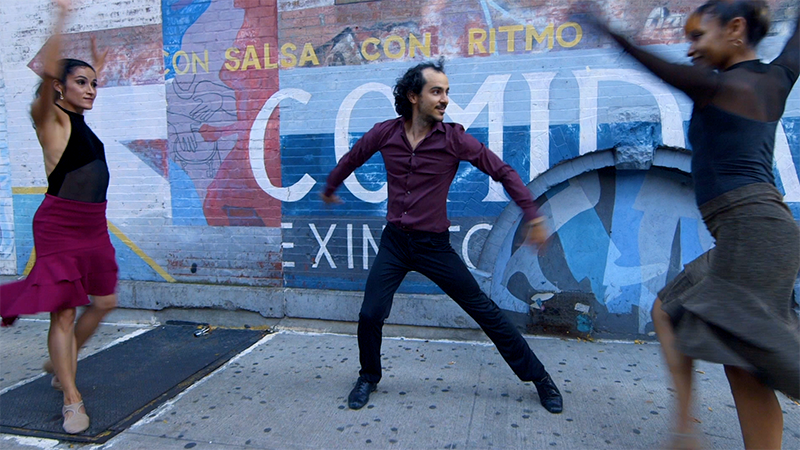
Accent Dance NYC members Elisa Toro Franky, Dannys Gonzales and Lucía Jackson perform in New York City's Spanish Harlem.
Salsa is traditionally practiced as a social dance between two people, a “lead” and a “follower.” The “leader” starts with weight shifts between feet that follow a triplet or “1-2-3” rhythm and guides the follower into turns, direction changes, and even dips. Unlike choreographed dance forms that are made up and then performed, salsa is an “improvisational” form that is made up in the moment. Different countries and even cities have developed their own individual styles of salsa that have slightly different rhythms and footwork.
Salsa is typically practiced at parties, nightclubs, dance halls, and music venues. Although it was born in New York City, it quickly became popular throughout Latin America, especially in the Caribbean, where the styles that came together to become salsa in New York were born. Cuba, Puerto Rico, Colombia, the Dominican Republic, and Venezuela are especially known for salsa. Salsa music and culture has become enormously popular world-wide, with artists like Marc Anthony and Gloria Estefan releasing chart-topping crossover songs.
Columbia's Grupo Niche perform Cali Pachanguero (2014), a newer entry into an ever-expanding list of popular salsa and salsa-inspired music.
Modern martial arts originated among monks in ancient India and spread to China along with Buddhist religion and philosophy during the 5th Century. Trade relationships brought martial arts to Japan in the 1300s, where such popular forms as judo, jujutsu, karate, and kendo were born. When more Americans traveled to Asia during World War II and the Korean War, they discovered and began to practice modern martial arts. Martial arts were also popularly shown in many Hollywood movies during the 20th Century by figures such as Bruce Lee and Jackie Chan.
Lathi Khela is an ancient Indian martial art form using bamboo sticks. This video compares its practice with Accent Dance NYC's Shoko Tamai's dance piece.
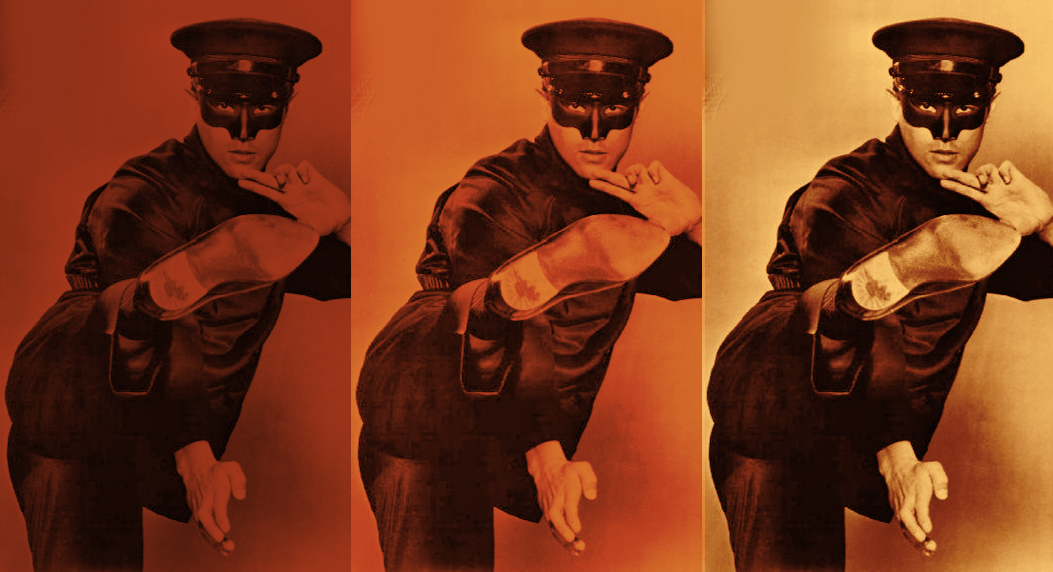
Perhaps the greatest popularizer of martial arts, Bruce Lee insisted that he use his own style in his role as Kato in The Green Hornet, an American TV series from 1966.
Martial arts are traditional styles of movement practiced for many purposes, including combat, self-defense, and physical, spiritual, and mental development. Although not traditionally recognized as a dance, martial arts movement, especially from traditions like tai chi and karate, have been blended into many styles of Contemporary dance. Unlike social dances and dances that are performed for an audience, martial arts are often practiced to build individual strength, stamina, wisdom, and health.
Although they remain very popular throughout Asia, martial arts are now practiced throughout the world and have been popular in the United States. They either practiced in a group setting that is aimed to cultivate wellness and spirituality, or, in the case of combat styles, at competitions. Competitive martial arts even appear at the Olympics.
This National Geographic short film showcases children training at the Shaolin Temple Kung Fu Academy in China. Many well-known historical martial arts styles are said to have originated at this Buddist monastery!
Learn some dance basics with the Accent Dance NYC dancers! We've put together a few easy-to-learn lessons that you can try out with your class — or on your own.
Project Access is made possible by the New York State Council on the Arts with the support of the Office of the Governor and the New York State Legislature.
Copyright © 2024 Erwin and Isabelle Ziegelman Foundation,
a 501(c)(3) not-for-profit organization
Erwin and Isabelle Ziegelman Foundation
318 West 52nd Street, No. 4H
New York, NY 10019